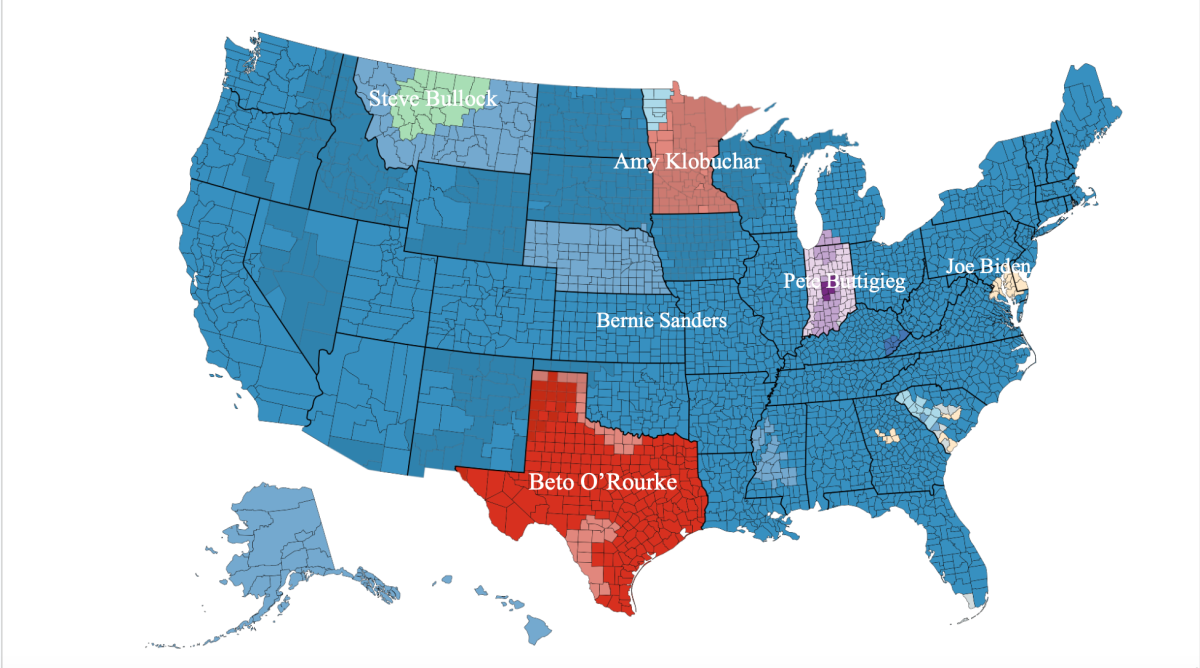Many of president-elect Donald Trump’s goals and potential policies are controversial. His plans to build the wall, a confusing message on abortion, his isolationist stance on foreign conflicts and his staunch support of Israel have all provoked feverish debates.
Although the top policy priority for the 2024 election was a stronger economy, both his and Harris’ economic plans have not been as widely discussed as many of the hot button social issues on the ballot.
Their “advertising” was surprisingly similar with a focus on the working and middle class, but the approach to these goals are rather different. Both would continue prior individual income tax cuts, but Harris wanted to raise taxes on those earning over $1 million and supported a billionaire minimum tax. Trump would reverse his 2017 SALT cap, lower the corporate tax rate further to 15% and restore companies’ ability to immediately deduct investments in equipment and research.
Many of Trump’s talking points haven’t changed much from his previous elections. He plans to drastically increase tariffs, increase American oil and gas production, remove regulations around home ownership and implement another corporate tax cut.
There are very few Americans who would be against lowered inflation and cost of living, the focal points Trump has centered his economic policies around. Unfortunately, those policies won’t actually lead to a lower inflation rate or cheaper groceries.
Many of his ideas sound nice only in theory. Removing taxes on tips and overtime feels like a win, but they fund Social Security, so the same people getting tax cuts now would have significantly smaller Social Security payments when they retire.
He proposes to make the interest paid on car loans fully tax deductible, but this would primarily benefit wealthier Americans purchasing expensive cars.
Increased tariffs on imports from China and Mexico to raise revenue for other policy initiatives and remove some of the burden on taxpayers sounds fantastic. As long as you ignore the fact that the increased revenue would not be able to cover his spending proposals, prices would rise for American consumers and it’s actually importers in the U.S. that pay the tariffs, not the foreign countries.
Harris’ plan was nothing extraordinary, nor would it have been likely to have a real impact on inflation and cost of living. Under her administration; however, they would have likely continued decreasing at a natural rate, continuing to fall back to the Fed’s ideal inflation rate of 2%.
Under Trump’s administration, inflation rates would jump somewhere between 6 and 9.3% in 2026, compared to the projected rate of 1.9% without his policies being enacted. Through the deportations, tariffs and limitations on the Fed’s independence, he would manage to drive consumer prices significantly higher.
Under his first administration, he was responsible for a huge spike in the national debt, and the next four years he will add twice as much to the debt as Harris would have at a shocking $7.5 trillion. His economic plan is nothing more than an amalgamation of half-baked ideals and talking points that are guaranteed to fall woefully short of their promise.
Virginia Doherty is a columnist. Contact her at [email protected].








